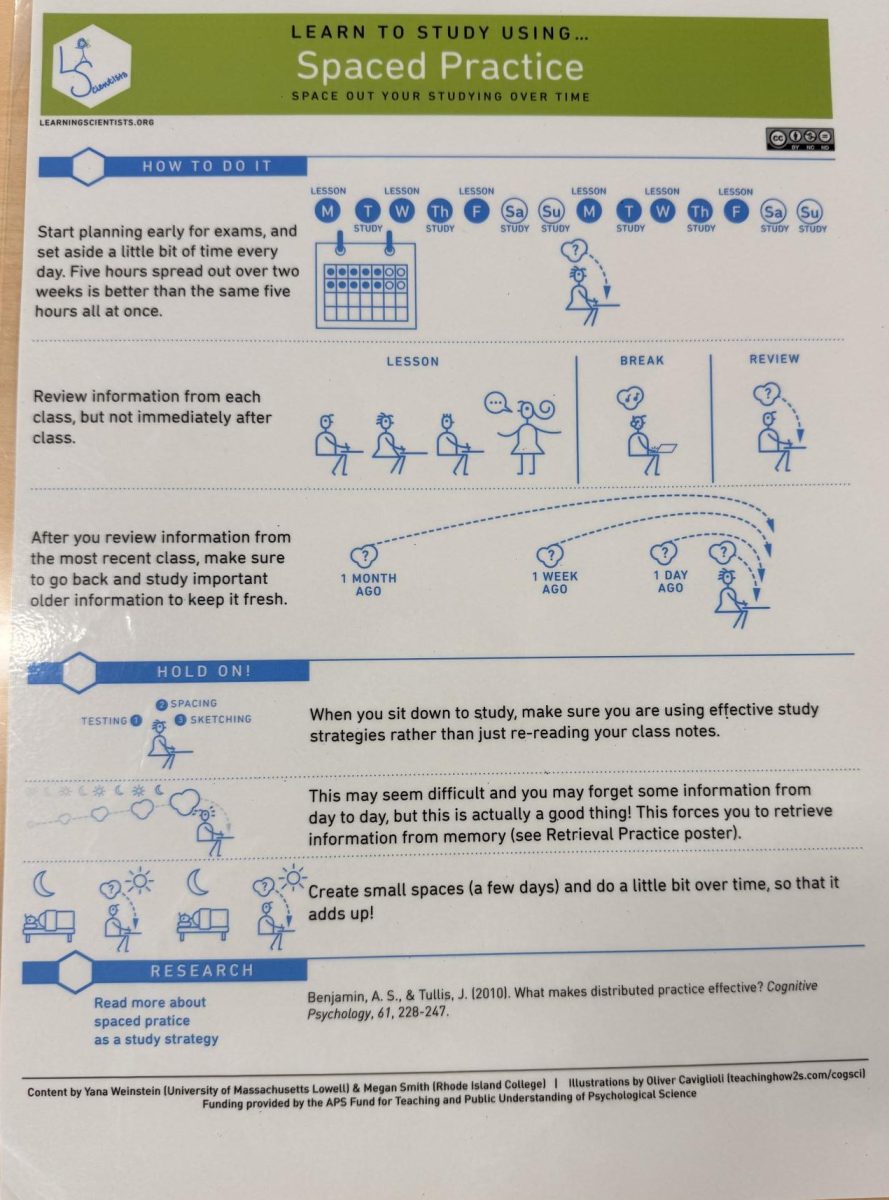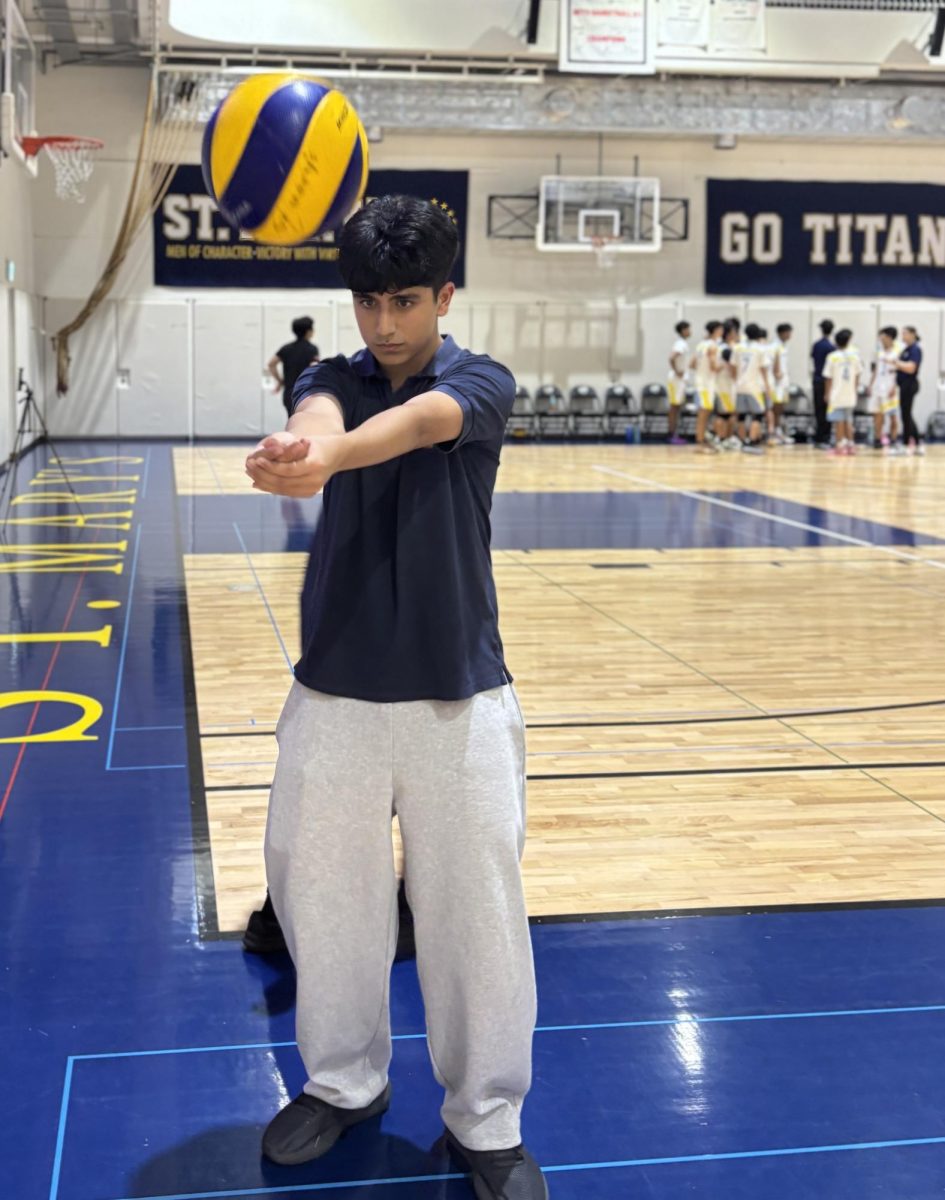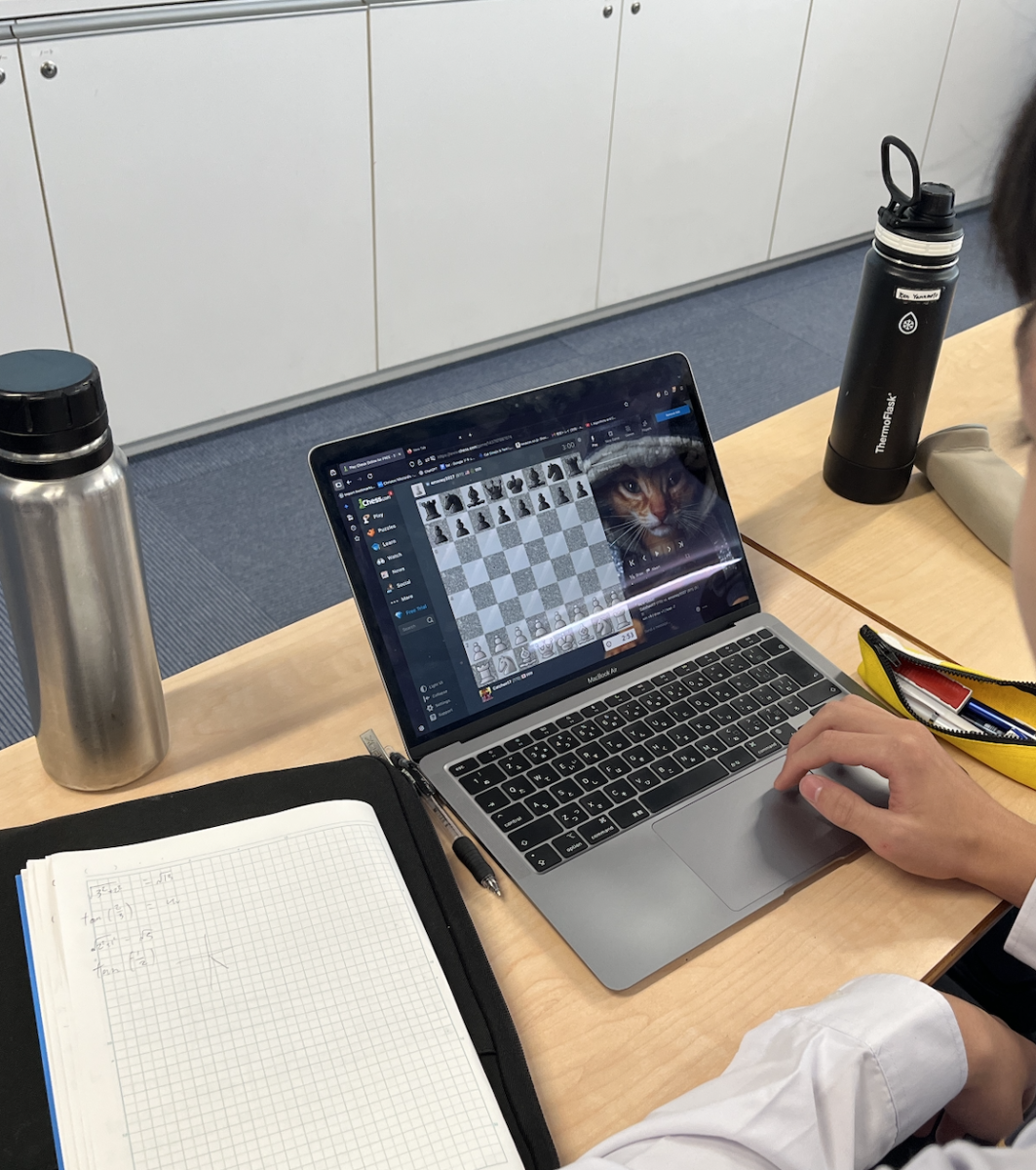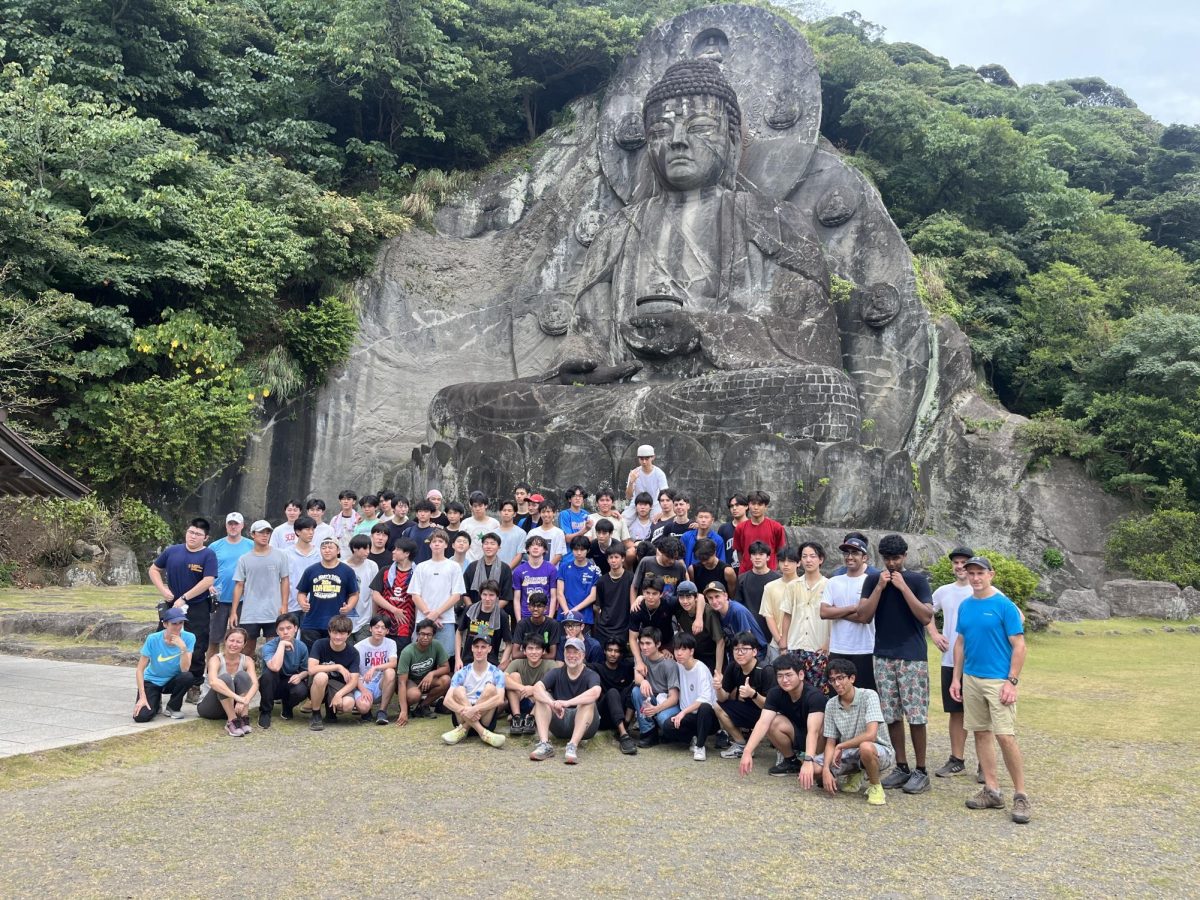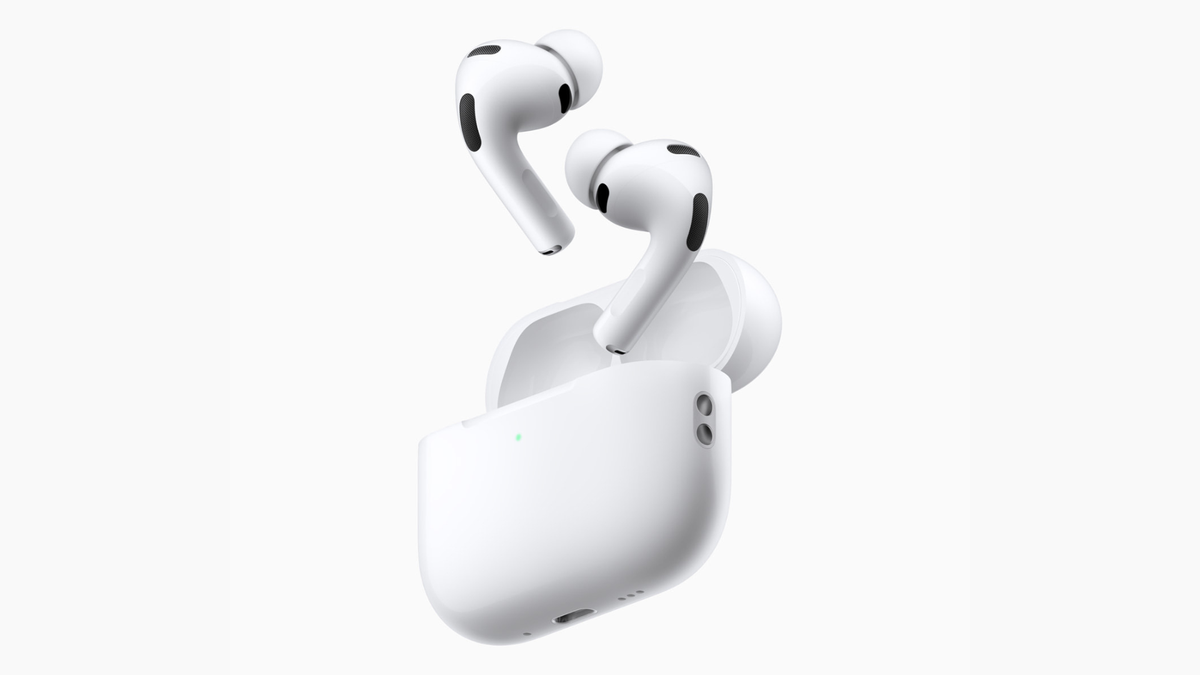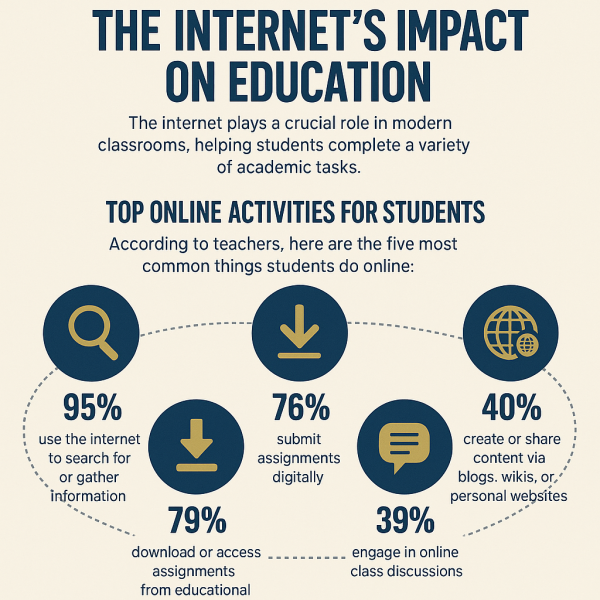
Imagine learning history from a virtual discussion with a historical figure through AI, or getting instant help on a tough math problem from an AI-powered tutor. Artificial intelligence (AI) is not some future idea for today’s students—it’s increasingly a normal part of how they learn. AI offers tailored lessons, instant feedback, and new ways of engaging with content, yet it also brings data privacy concerns, unequal access, and the need for responsible use. The article explores the benefits, drawbacks, and potential of AI for school education based on the experiences of students, teachers, and school leaders.
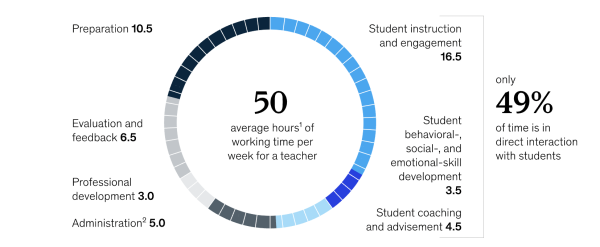
AI is transforming school learning by making it more personalized and adaptive. Programs like Khan Academy’s AI tutor and Duolingo’s smart language coach use artificial intelligence to analyze student performance in real-time, adjusting lessons to each student’s level and pace. At St. Mary’s, 5th-grade teacher Mrs. Douglas uses AI programs like ChatGPT to instantly simplify reading texts, adjust vocabulary, clarify grammar, or rewrite passages to accommodate different students. These tools not only render lessons more understandable, they also increase engagement by allowing students to take charge of their learning. Nearly 60% of teachers say AI has improved student engagement and helped personalize instruction, according to a 2023 survey by the EdWeek Research Center.
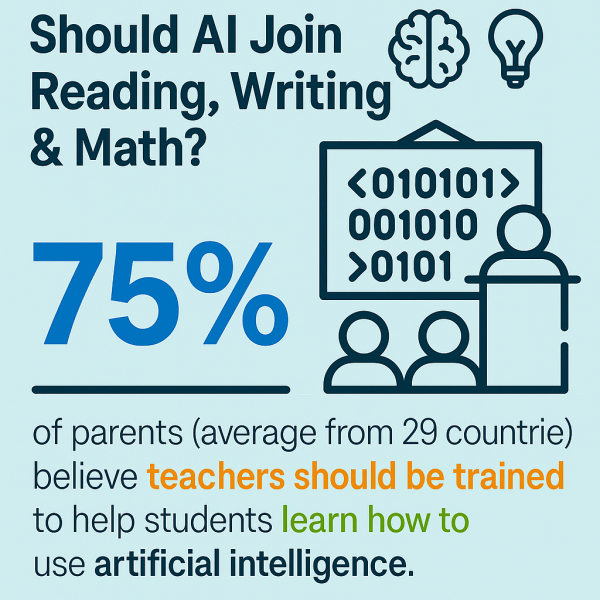
For all its promise, AI brings classroom problems. Perhaps the most pressing worry is the digital divide—not all students can access devices that can run AI tools or internet connections strong enough to support them at home. Pew Research reported in 2021 that 15% of U.S. households with school-age children do not have a high-speed internet connection, making it difficult for many students to benefit from AI resources outside the classroom.
Teachers also must get over a learning curve in trying to use AI in their instruction, which can require more time and training. A 2023 report by McKinsey & Company found that 65% of teachers feel underprepared to integrate AI tools into their teaching effectively, highlighting the need for professional development and support. Some educators also worry about the overuse of AI, as it might affect students’ critical thinking skills or lessen valuable human interaction in learning. The OECD has cautioned that excessive reliance on AI tools risks weakening students’ ability to solve problems independently and think critically.
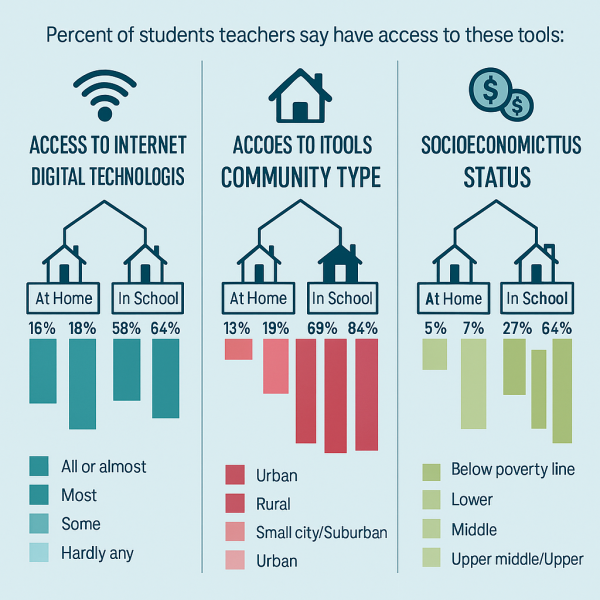
As AI improves, it will make an even bigger difference in education. Future classrooms may include AI-powered tutors that answer students’ questions at the moment, break down learning gaps, and even help develop personalized study plans. Augmented AI settings may re-create historic battles or perform chemistry experiments virtually and safely. According to a 2022 RAND Corporation study, AI-powered tools can increase learning outcomes by up to 30% when used to target individual gaps, showing the immense potential for AI to support students’ needs.
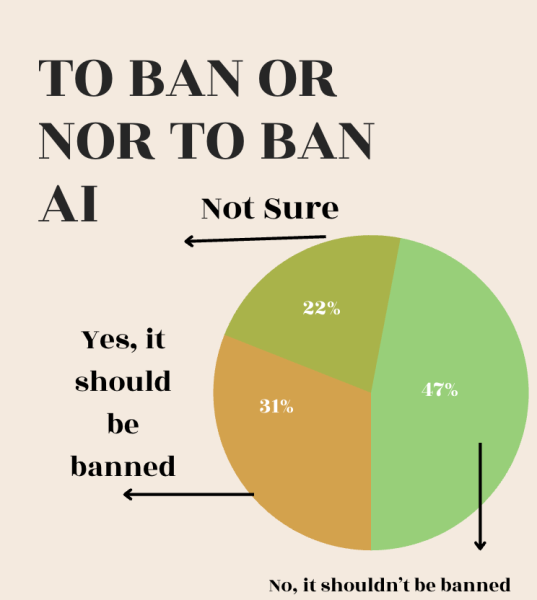
However, schools will still have to work through ethical challenges, such as how to utilize student data and ensure that AI is used to help teachers, not replace them. A report by Common Sense Media found that only 38% of school districts have clear policies on how AI tools handle and protect student data, raising concerns about privacy and security in classrooms.
AI is revolutionizing the classroom with the promise of providing students with personalized, effective, and even fun learning experiences. While there are many benefits, schools must settle issues of access, training, and ethics to use AI responsibly. Appropriately balanced, AI can augment the roles of both students and teachers toward a more inclusive and interactive classroom of the future.



